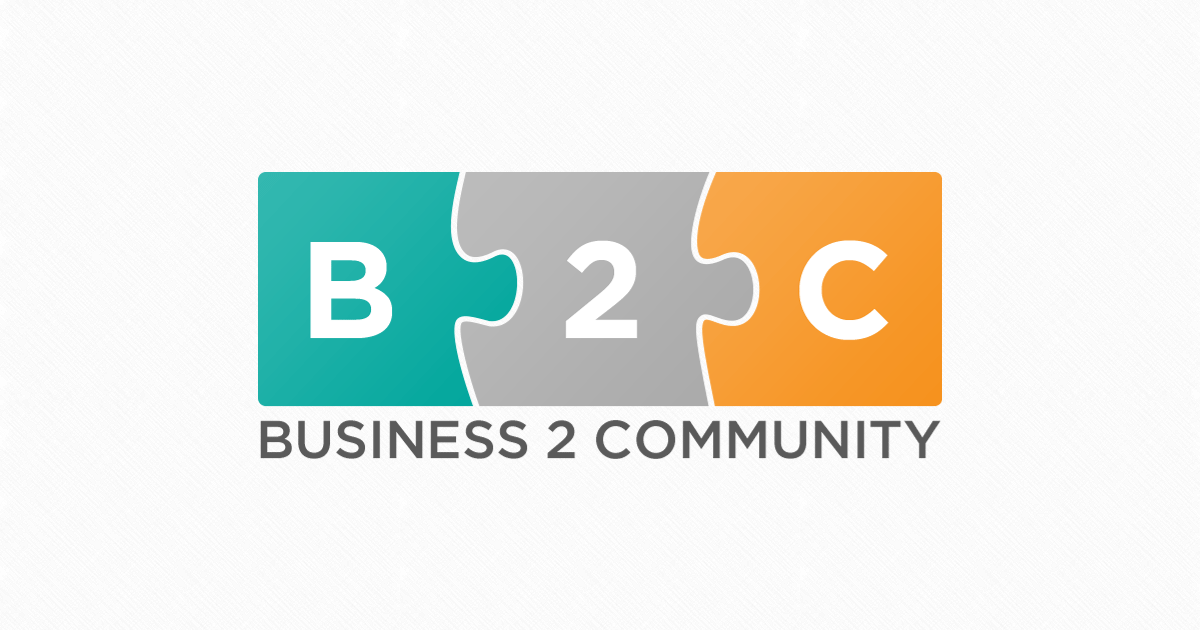Here’s how to create a paid social media campaign for your AV integration firm in five steps: Identify your goals. We’ve talked about how to set goals in marketing before, but here’s a quick recap: Goals should be set so that their accomplishment would have direct business impacts. But let’s get a little bit more specific: what goals make sense for your AV integration paid social campaign? So, I’d recommend focusing paid social campaigns around activities that fall higher in the funnel (like audience building), and setting goals accordingly. Of course, your audience will often follow (somewhat) logically from your goals – for instance, if you’re hoping to build a AV integration prospect list in Chicago, your audience targeting would naturally focus on the Chicago area. All ad platforms allow targeting at a demographic level. Honestly, you can have success on any of the main social media platforms – every one of their user bases are big enough that optimized campaigns will work. Once you’ve set your goals, identified your audience, and picked your platform, it’s time to set your paid social campaign’s budget. But the ideal way to set your budget is to allow it to be determined by your goals and audience selection, using the predictive models in your ad campaign platform to define your budget. Your campaign budget should be $500.
You’re here. You’re an AV integrator. You want to run a paid social media campaign.
Great. Here’s how to create a paid social media campaign for your AV integration firm in five steps:
- Identify your goals.
- Identify your audience.
- Pick the platform.
- Define your budget.
- Set it live and optimize.
Let’s dive in.
1. Identify your goals.
The first step in a marketing campaign should always be to set goals. We’ve talked about how to set goals in marketing before, but here’s a quick recap:
- Goals should be set so that their accomplishment would have direct business impacts. From a marketing perspective, this means that goals will frequently impact your sales and marketing funnels.
- Goals should be SMART (specific, measurable, attainable, relevant, and timely).
- Goals should be optimized continually. They aren’t timeless. They should be revisited at regular intervals to ensure that they still make sense.
Those general guidelines should give you a good baseline for setting any type of goal. But let’s get a little bit more specific: what goals make sense for your AV integration paid social campaign? In other words, what’re you hoping to accomplish with your campaign? What does success look like? What does a conversion look like?
All great questions. Here’s my take: you can use a paid social campaign to accomplish just about any marketing end. Want to drive leads? Paid social can do that. Want to build your email list? Paid social can do that. Want to reach a new market? Paid social can do that. But, while paid social campaigns can be put toward just about any end, there are certain ends that they naturally cater most effectively toward.
What paid social is good for:
Event marketing.
Paid social campaigns work really well at driving event-signups. I think that’s because, contextually, people are open to seeing events on social media; it’s such a time-based medium.
Building an audience.
Paid social is great for list building – offering a piece of gated content like an ebook, a webinar, or a white-paper, and capturing emails that way. It’s also great for increasing your following. Paid-like campaigns on Facebook, for example, can exponentially increase your page performance versus hoping for longterm organic growth.
Small-ticket sales.
Paid social is good for selling small-ticket items. Things like t-shirts or health drinks tend to do pretty well. Obviously, there aren’t too many small-ticket AV integration items, though.
What paid social isn’t good for:
Because, while paid social can be used to do almost anything, it may not be the most effective channel to use when:
Selling big-ticket items directly.
Here’s what I mean by this: it’s nearly impossible to automate big-ticket B2B sales so that users click through a paid ad, into a funnel, and purchase your AV integration services. This isn’t to say that it won’t work. But, in B2B sales, we all know that human interaction is key. So, I’d recommend focusing paid social campaigns around activities that fall higher in the funnel (like audience building), and setting goals accordingly.
With all of that in mind, here are a few example scenarios and goals:
Scenario Goal
| You’re hosting a webinar on conference room integration trends. | 25 signups through paid Facebook ads before the date of the webinar. |
| You’re focused on selling maintenance contracts on equipment you’ve installed. | 15 inbound calls from existing clients through paid LinkedIn ads over the next three months. |
| You’re focused on sales to new integration clients. | 50 inbound calls from new prospects through paid LinkedIn ads over the next month. |
| You want to build brand awareness in a new market. | 500 Facebook page likes from new prospects in-market over the next three months. |
| You want to build your prospect list. | 300 emails captured from new prospects via paid LinkedIn ads over the next three months. |
Again, out of the scenarios and goals listed above, the most difficult to achieve would probably be hitting…

COMMENTS